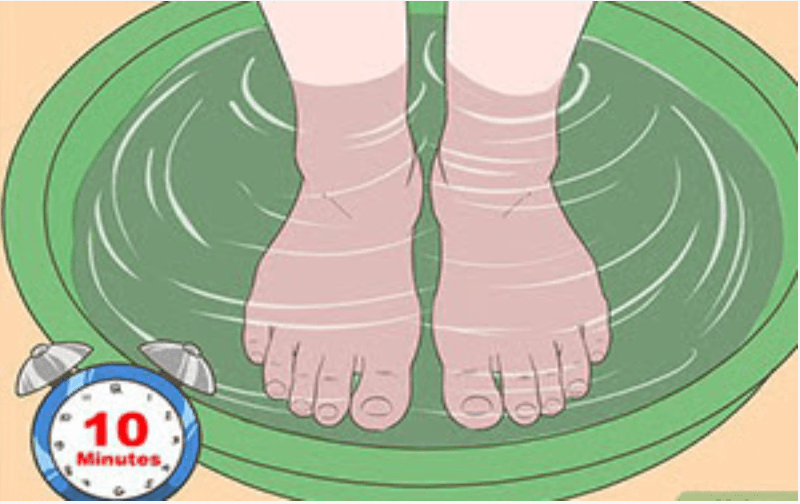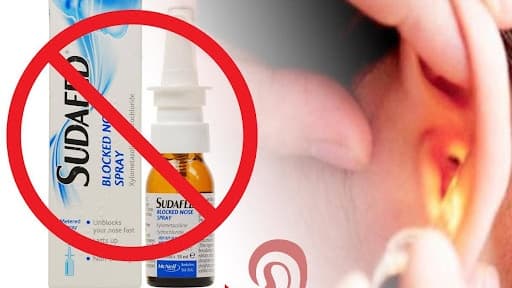Your Doctor Won’t Tell You This… 😳 #glucose #glucosegoddess
Conventional wisdom holds that if your fasting glucose level is below 100 milligrams per deciliter, you’re considered safe from the clutches of diabetes—end of story, right? Typically, based on this number, your doctor might send you on your way without a second glance, saying you have neither pre-diabetes nor diabetes.
Recent developments, however, are painting a more complex picture. Scientific research now suggests that the well-established cutoff doesn't necessarily equate to optimal glucose health. There are nuances that could make “normal” readings deceptively reassuring.
Even if your fasting glucose level isn't raising flags for diabetes concerns, you could still be experiencing something lurking under the radar: _glucose spikes_ occurring post-meal or throughout your day.
"Not only is this 100 milligrams per deciliter cutoff not that optimal, but even if you have a normal fasting glucose level, you might still be experiencing glucose spikes."
Conversations are shifting among healthcare professionals about how to best monitor and treat blood glucose-related health. It’s no longer enough to rely solely on fasting glucose measurements—doing so might well ignore critical fluctuations throughout the individual’s daily life, fluctuations that are instrumental in painting a full picture of their metabolic health.
- Broader Monitoring: Encouraging broader monitoring beyond fasting glucose tests.
- Proactive Conversations: Healthcare professionals need to adapt to new findings.
- Lifestyle Approaches: Investigating the impacts of diet and lifestyle alongside glucose levels.
Incorporating these broader monitoring strategies can aid in timely identification and intervention—potentially before traditional benchmarks deem necessary.
From Around The Web
Wellness Inbox is a blog & weekly newsletter that curates trending news and products related to health and wellness from around the web. We also gather content from various sources, including leading health professionals, and deliver it directly to you.
Please note that we may receive compensation if you purchase any products featured in our newsletter. Wellness Inbox is not affiliated with, nor does it endorse, any health professionals whose content may appear in our newsletter. The information provided is for general informational purposes only and should not be considered medical advice.
The information provided is not intended to replace professional medical advice, diagnosis, or treatment. All content, including text, graphics, images, and information available is for general informational purposes only. We do not guarantee the accuracy or completeness of any information presented and assume no liability for any errors or omissions. The content is subject to change without notice. We encourage you to verify any information with other reliable sources and consult your physician regarding any medical conditions or treatments.







